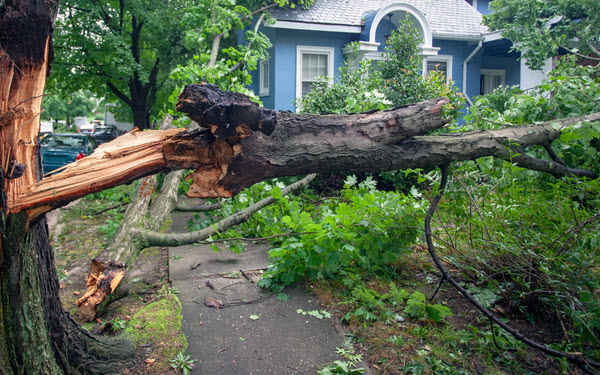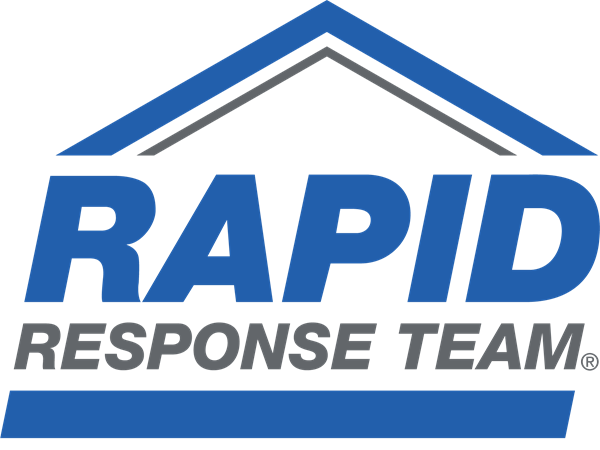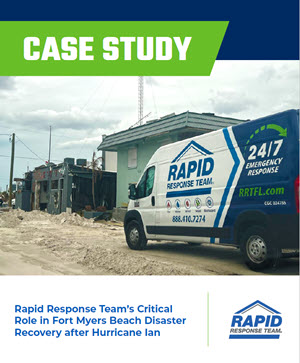Hurricanes are a fact of life in Florida,
and we can never be too sure when a catastrophic storm like Hurricane Ian might hit again.
To put it plainly, we learned a lot from this storm, so this will be Part I of our team’s firsthand learnings from Hurricane Ian that we hope you and your business find helpful.
Hurricane Ian was responsible for over $112 billion in damage, making it the costliest hurricane in Florida’s history and the third most expensive in U.S. history. To put it plainly, we learned a lot from this storm, so this will be Part I of our team’s firsthand learnings from Hurricane Ian that we hope you and your business find helpful.

1. Understand Your Insurance.
Being actively involved in the insurance education process and thoroughly understanding what each insurance policy covers is invaluable and can help avoid disputes between your insurance carriers. Before you file a claim, it’s important to know exactly what caused the damage for the claim you want to file and whether your policy covers such damages. If you are uncertain as to the cause of the damage, make sure to reach out to each carrier for your policy details before filing a claim.
2. Heed The Warnings.
Paying attention to the warnings and precautions is paramount when they can change at any moment. Hurricane Ian was a great example when it strengthened from a Category 4 to a Category 5 storm right before making landfall. Staying informed about the storm’s path and how it can impact your location should be a non-negotiable part of your hurricane planning.
3. Prepare For Flooding When It’s in The Forecast.
Before Ian made landfall, it was widely known as a major flood event. Many people who didn’t heed the flood warnings left personal belongings behind in unsecured areas, or even in their boats or vehicles, a risk we saw firsthand each time we pulled a car or boat out of mangroves. Always make the proper arrangements to safeguard your valuables ahead of time.
4. Evacuate When You’re Told To.
Many people didn’t evacuate even after getting the order from their county, and thousands of them weren’t properly prepared for the wreckage that came their way. While it’s not always ideal to evacuate, it’s important to try incentivizing your residents to keep them safe. Whether it’s with transportation assistance, temporary accommodations, or safe shelter options, the safety of residents should always be the top priority.
Don’t wait another day for disaster to strike;
get your free Disaster Recovery Plan with CODE BLUE today
OR

